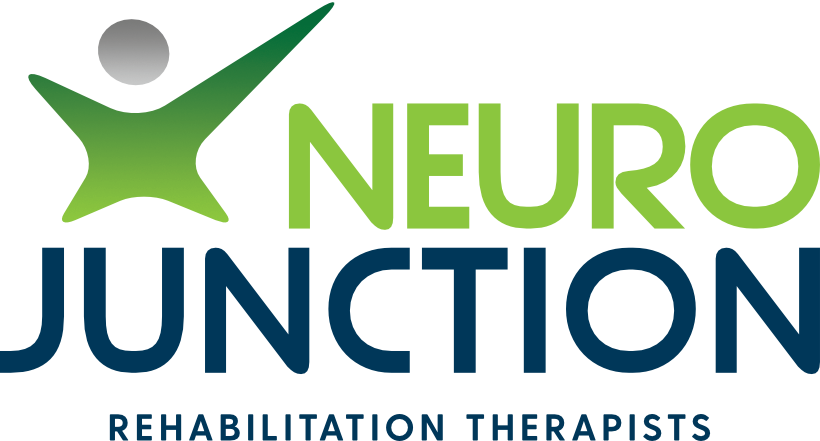Deep Brain Stimulation
Barbara Hollunder's 2024 study on disease-specific neural pathways highlighted how deep brain stimulation targets specific fibre bundles associated with symptom improvement in various conditions: Parkinson's disease (green), dystonia (yellow), Tourette's syndrome (blue), and obsessive-compulsive disorder (red).
Discovering the Power of Deep Brain Stimulation: A Bright Future for Parkinson's Disease Patients
Imagine a world where individuals living with Parkinson's disease can reclaim their independence, confidence, and joy. Thanks to the remarkable advancements in medical science, this vision is becoming a reality through Deep Brain Stimulation (DBS). Join us as we explore how DBS is transforming the lives of Parkinson's patients, offering new hope and possibilities.
Understanding Deep Brain Stimulation
Deep Brain Stimulation (DBS) is a ground-breaking treatment for Parkinson's disease that involves surgically implanting electrodes into specific areas of the brain. These electrodes deliver precise electrical impulses that help regulate abnormal neural activity, effectively reducing symptoms like tremors, stiffness, and slowed movement.
While the exact mechanisms of DBS are still being studied, the results are clear: many patients experience significant improvements in their motor function, leading to enhanced quality of life. It's like having a "pacemaker for the brain," helping to stabilize the neural circuits that control movement.
The Evolution of DBS
The journey of DBS began in the 1950s with pioneering research into electrical stimulation of the brain. Fast forward to today, and DBS has evolved into a sophisticated and highly effective treatment option for Parkinson's disease. Thanks to advances in technology, surgical techniques, and our understanding of brain function, DBS has become a trusted and widely accepted therapy.
How DBS Works
The DBS procedure starts with a comprehensive evaluation by a team of specialists, including neurologists, neurosurgeons, and other healthcare professionals. This team works together to ensure that DBS is the right choice for the patient and to plan the treatment strategy. This process is crucial as DBS may not be suitable for everyone.
During the surgery, electrodes are carefully implanted into targeted areas of the brain using advanced imaging techniques like MRI or CT scans. These electrodes are then connected to a small pulse generator implanted under the skin near the collarbone. This device sends electrical impulses to the brain, which can be adjusted and fine-tuned to maximize symptom relief and minimize side effects.
After surgery, patients enter a "stimulation optimization" phase, where the settings of the pulse generator are gradually adjusted to find the optimal balance for each individual. This phase requires close collaboration between the patient and their healthcare team and can take several weeks to months.
The Joy of Rediscovered Independence
For some Parkinson's patients, DBS is nothing short of life-changing. Imagine being able to perform daily tasks with ease, enjoy hobbies, and participate in social activities without the constant struggle of tremors and stiffness. That's the reality for many who undergo DBS.
DBS and Physiotherapy - A Winning Combination
While DBS provides remarkable improvements in motor function, combining it with physiotherapy can further enhance the benefits. Physiotherapy focuses on strength, flexibility, balance, and overall physical well-being, complementing the effects of DBS.
Patients who engage in regular physiotherapy often find that they can move more freely and with greater confidence. Exercises tailored to their specific needs help improve posture, reduce rigidity, and increase overall mobility. The combination of DBS and physiotherapy creates a holistic approach to managing Parkinson's disease, addressing both the neurological and physical aspects of the condition.
So, here's to a brighter future for Parkinson's disease patients—a future where DBS continues to unlock new possibilities and helps individuals live their lives to the fullest. With each step forward, we move closer to a world where Parkinson's disease no longer limits potential but rather inspires resilience and hope.
References
Is there a role for physiotherapy during deep brain stimulation surgery in patients with Parkinson's disease?
https://doi.org/10.1111/j.1468-1331.2006.01298.x
Combined Physiotherapy and Deep Brain Stimulation to Improve Independent Community Mobility in Parkinson’s Disease
Origin and Evolution of Deep Brain Stimulation


